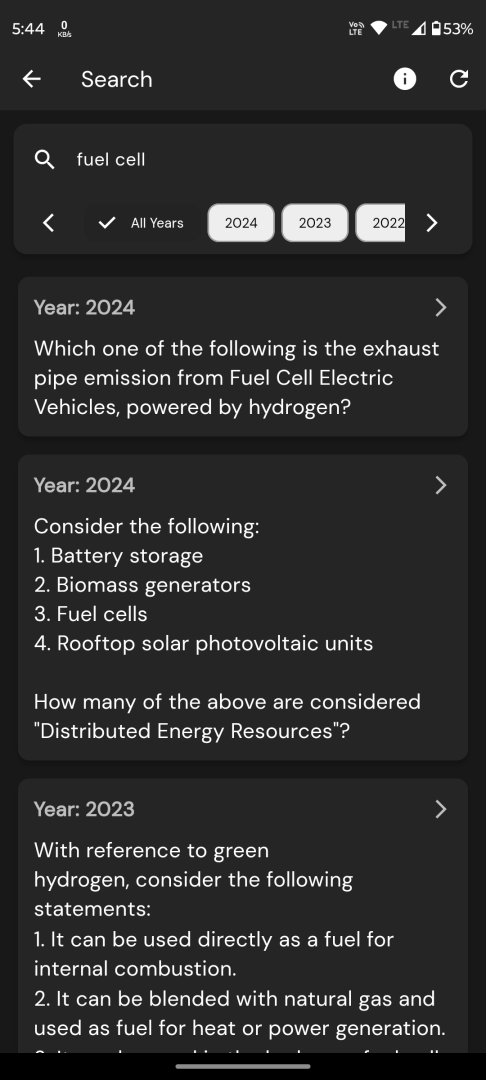Q. Given below are two statements, one is labelled as Assertion (A) and the other as Reason (R).
Assertion (A): Generally an alloy of lead and tin is used as a material of the fuse wire.
Reason (R): Alloy of lead and tin has a higher melting point than copper and aluminium.
Select the correct answer from the code given below :
a) Both (A) and (R) are true, but (R) is not the correct explanation of (A)
b) (A) is false, but (R) is true
c) (A) is true, but (R) is false.
d) Both (A) and (R) are true and (R) is the correct explanation of (A)
Correct Answer: c) (A) is true, but (R) is false.
Question from UPPSC Prelims 2025
Explanation:
Assertion (A) is true: Fuse elements should have low melting point and relatively high resistivity so they heat up and melt quickly under overcurrent (I^2R heating). Low-cost domestic fuse wires commonly use a lead–tin (Sn–Pb) alloy for this reason.
Reason (R) is false: Sn–Pb alloys melt around 180–220°C (eutectic ~183°C), which is far below the melting points of copper (~1084°C) and aluminium (~660°C). Hence the claim that the alloy has a higher melting point than copper and aluminium is incorrect.
Thus, Option 3 is correct.





